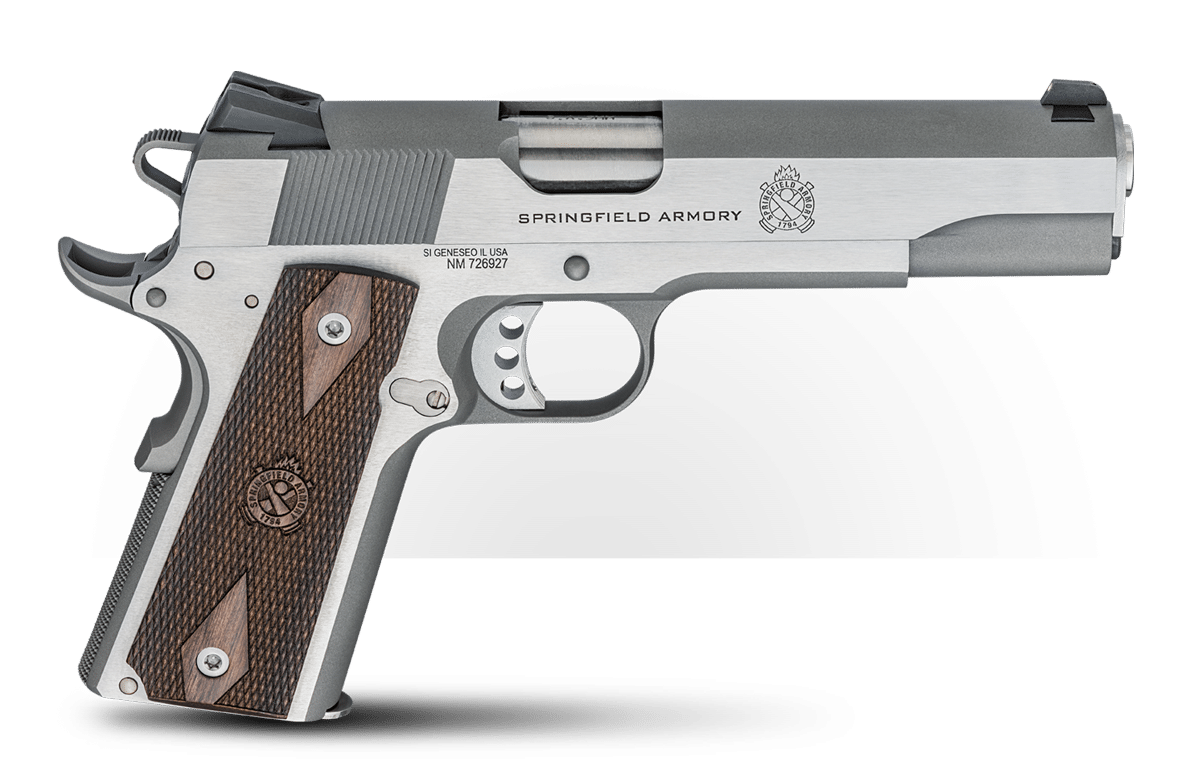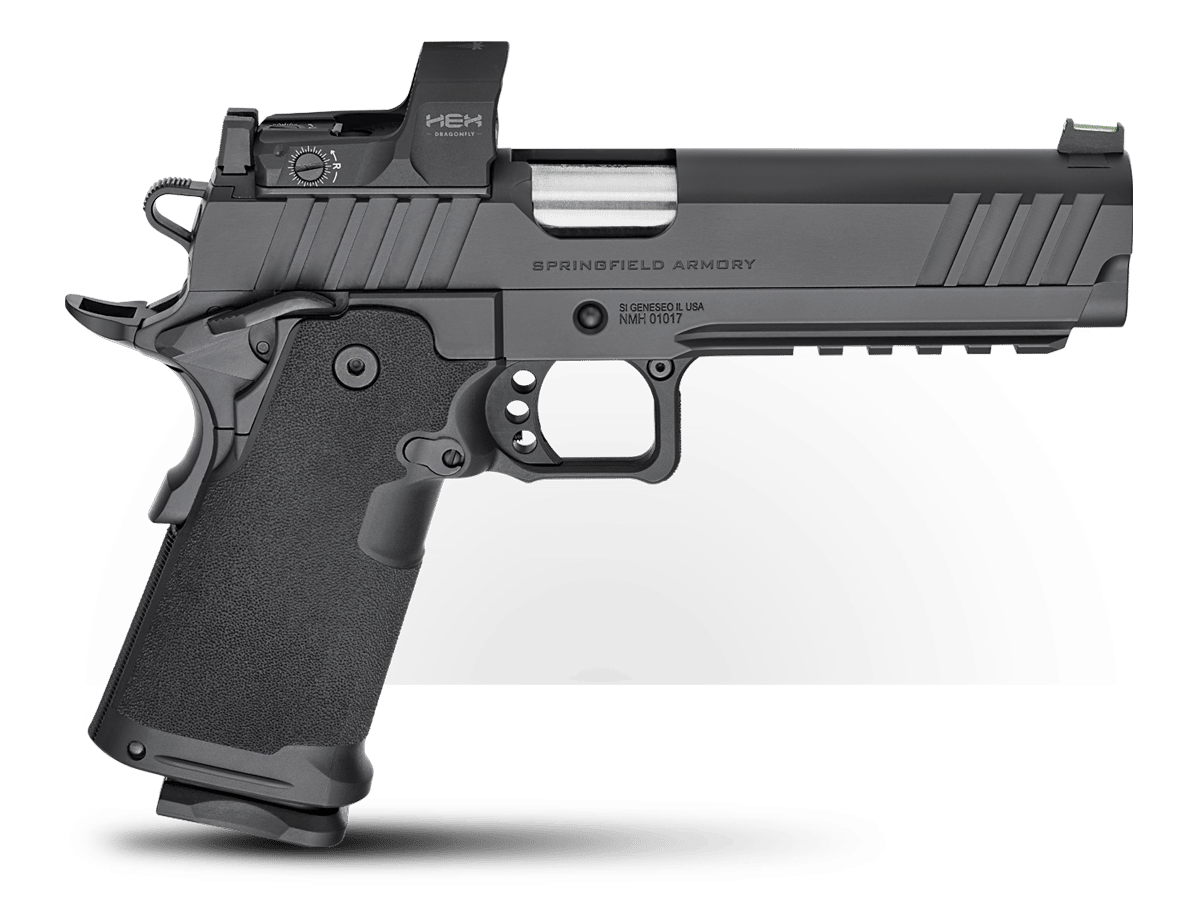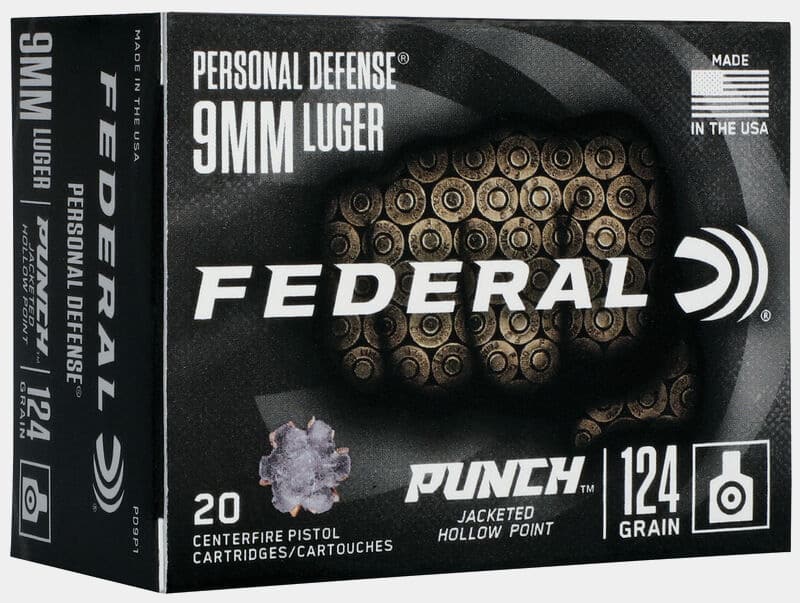The Rationale for Defensive Hollow Points
February 22nd, 2024
7 minute read
Editor’s Note: The statements reflected in this piece are the author’s opinion and do not constitute legal advice.
Ever since hollow point handgun ammunition became readily available in the 1960s, anti-gun and anti-police groups alike have been antagonistic to the concept. In the 1970s, the liberal magazine The Nation published an article titled “The Vietnamization of Main Street” which decried American law enforcement’s rapid adoption of hollow point duty ammo. The article contained every shibboleth imaginable, with terminology such as “dum-dum bullets” and “bullets shaped like the nacelles of jet engines” and gross exaggerations like “the bullets don’t explode…you do!”
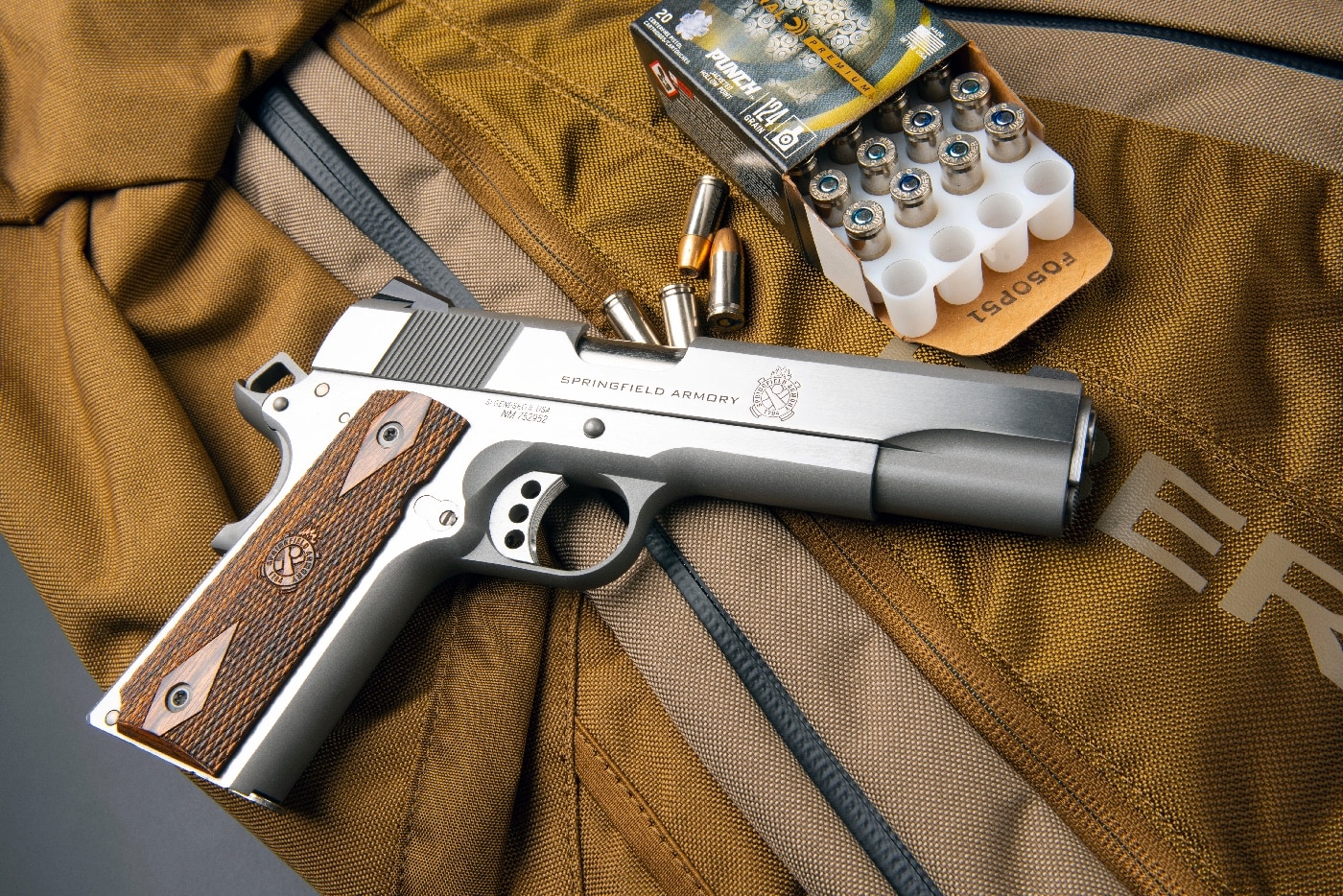
That bunk has been a template for the “antis” ever since. You can find the classic article “Defending the Self-Defense Case” online that appeared some years ago in Champion, the journal of the National Association of Criminal Defense Lawyers. It was written by Attorney Lisa Steele, who is generally considered the leading appellate lawyer who specializes in self-defense cases that went wrong at the trial level and resulted in unmeritorious convictions.
In the article, Steele points out that often, prosecutors who were either clueless or unscrupulous tried to paint the use of expanding bullets as “indicia of malice,” designed to “rend and tear and cause unnecessary pain and suffering and greater lethality.”
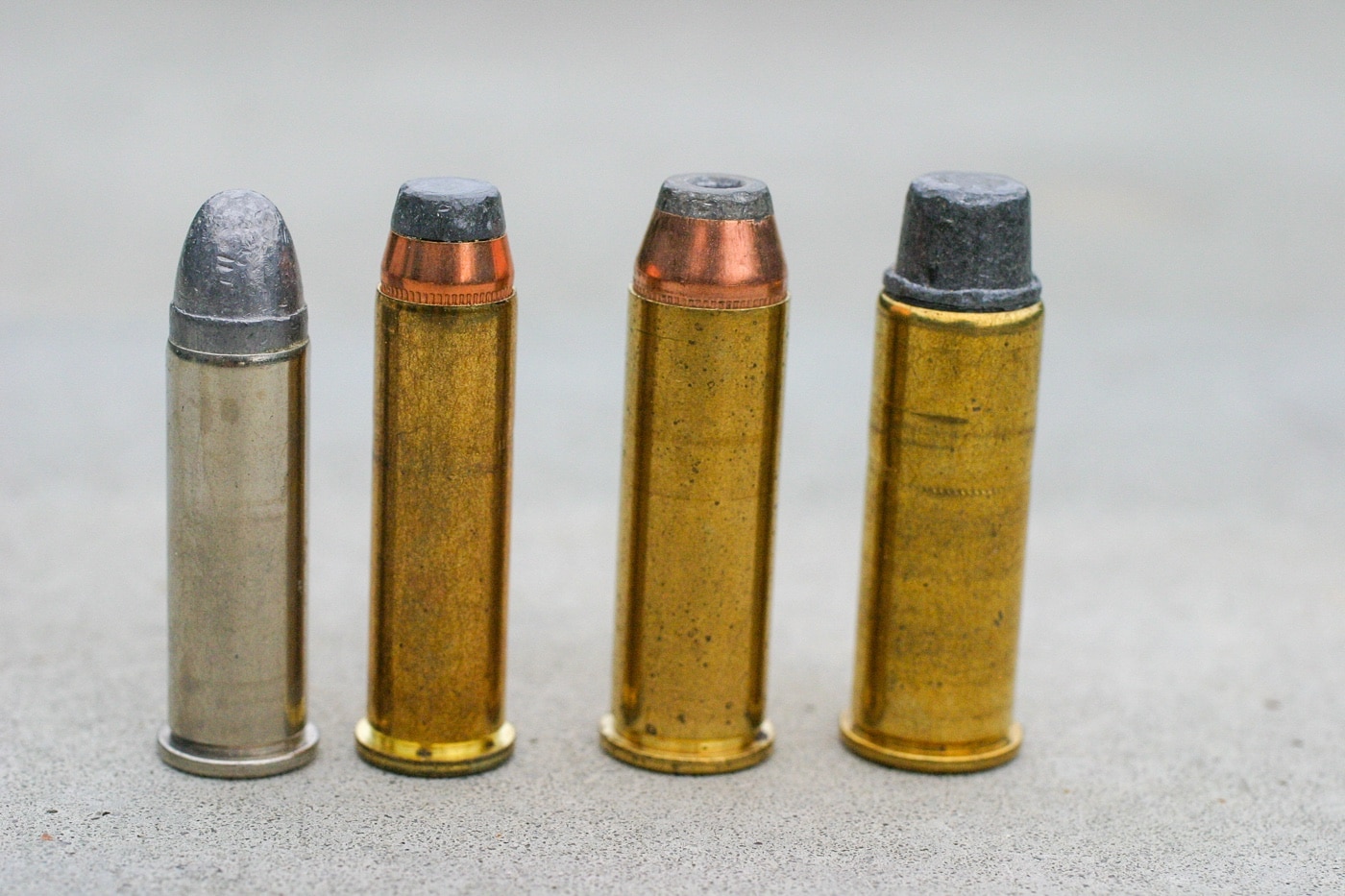
Can this be a problem in court after a legitimate self-defense shooting? Of course it can. Does that mean you shouldn’t load them in your defensive firearms? No!
It means that you should be able to explain why you chose that ammunition, and explain it in a way that a jury selected by the other side for their lack of knowledge of guns and ammo can understand!
Explaining the Use of Expanding Bullets
A little bit of history is in order. Back in the 1970s, there was a move within the ACLU to get the police use of hollow points banned. The chosen ground zero was the state of New Hampshire, and taking the point was a very anti-gun state legislator named Dudley Dudley.

Leading the other side was a legendary New Hampshire lawman named Earl Sweeney, then president of the NH State Chiefs of Police Association. I was a young police firearms instructor and gun writer in that state, and Earl asked me to come in to speak against the pending legislation at the State House.
Ms. Dudley managed to filibuster until time was almost out, and with only a few minutes of the hearing left, Earl threw me in as the only witness for the police side. I used the following four arguments. As I spoke, I saw that the people on the Committee kept looking at one of their members, an older gentleman, who kept nodding in the affirmative as I spoke. He turned out to be a retired surgeon, a “dominant juror” as it were. When it was over, the Committee voted the anti-hollow point bill “inexpedient to legislate,” and ACLU’s hoped-for flashpoint was dead in the water.
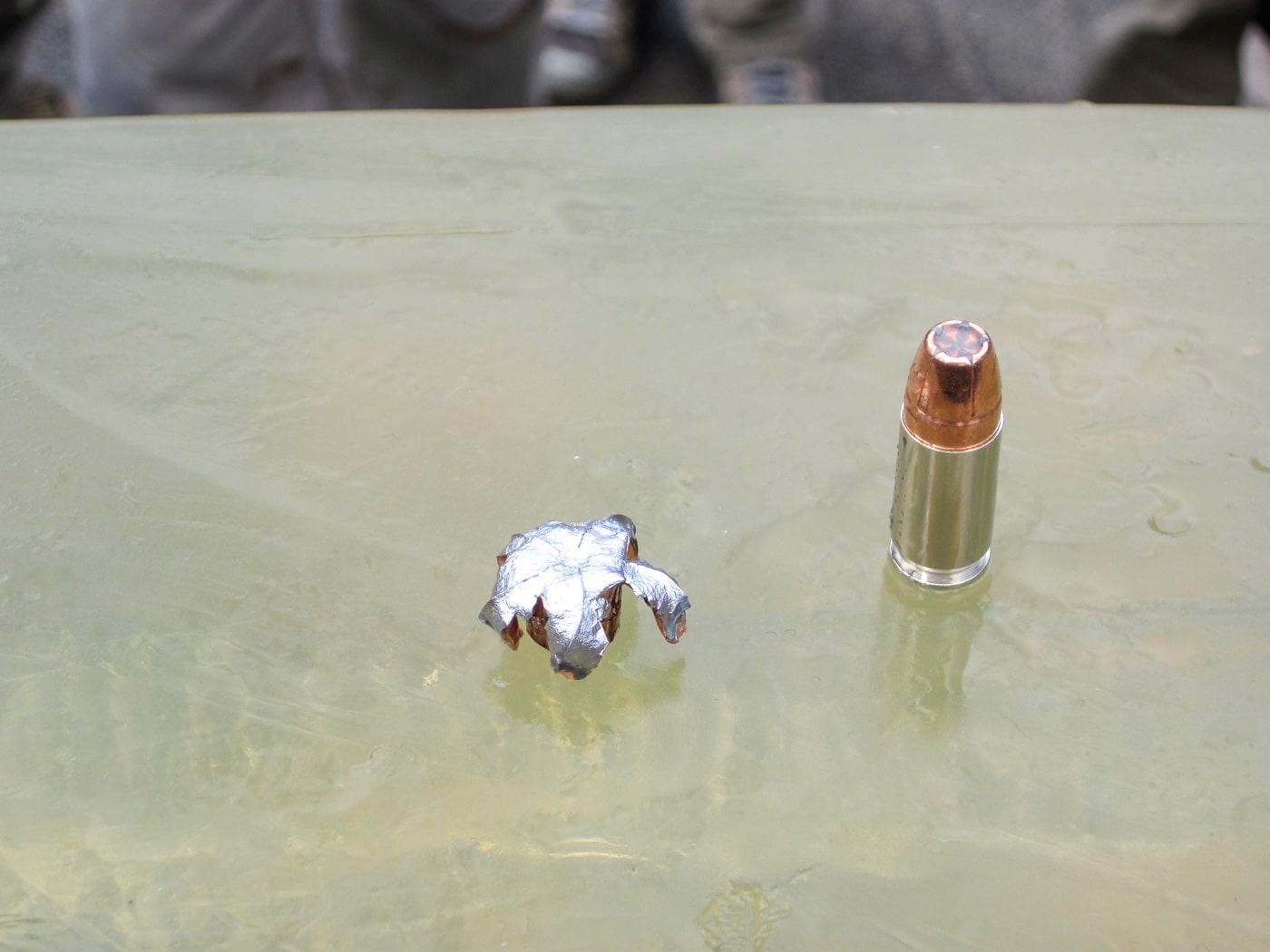
The arguments had worked, and I’ve found them to work since in decades of expert witness work in criminal and civil court cases. I offer them to you as follows, not necessarily in order of priority, because order of priority will depend on the particular circumstances of the given shooting incident.
Hollow Points Reduce the Likelihood of Overpentration
Expanding bullets reduce the likelihood of a bullet exiting the body of the violent offender to strike an innocent bystander.
Many armed encounters occur in poor light; tunnel vision occurs in the majority of such incidents; and the offender’s body may be so close and/or so large that it simply blocks your view. In a home defense situation or a street encounter with friends and/or family present, one of your loved ones may be behind the opponent and invisible to you, or even running in behind the assailant to pull him off you. In a self-defense shooting, the body of the offender is the only backstop you have! While nothing is 100% certain, expanding bullets minimize the chance of a shoot-through with fatal results to the innocent.
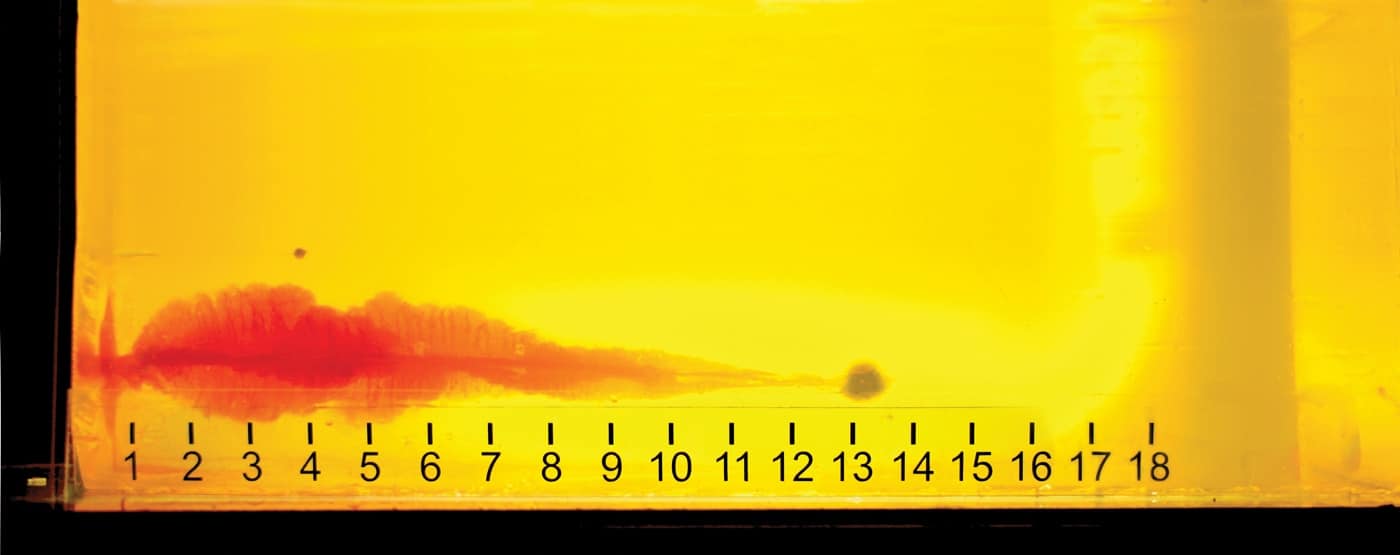
Full metal jacket rounds in the 9mm Luger, .40 and .45 ACP class can penetrate up to 30” or more of muscle tissue-simulating FBI formula ballistic gelatin. The best hollow points, according to FBI specs, will be over 12” but not over 18”, and in some particularly “bystander-rich environments,” light and fast bullets penetrating perhaps 10” but with wide wound channels might be more suitable.
Hollow Points Reduce the Likelihood of Ricochet
A hollow point bullet also reduces the likelihood of a ricochet that could strike an innocent bystander.
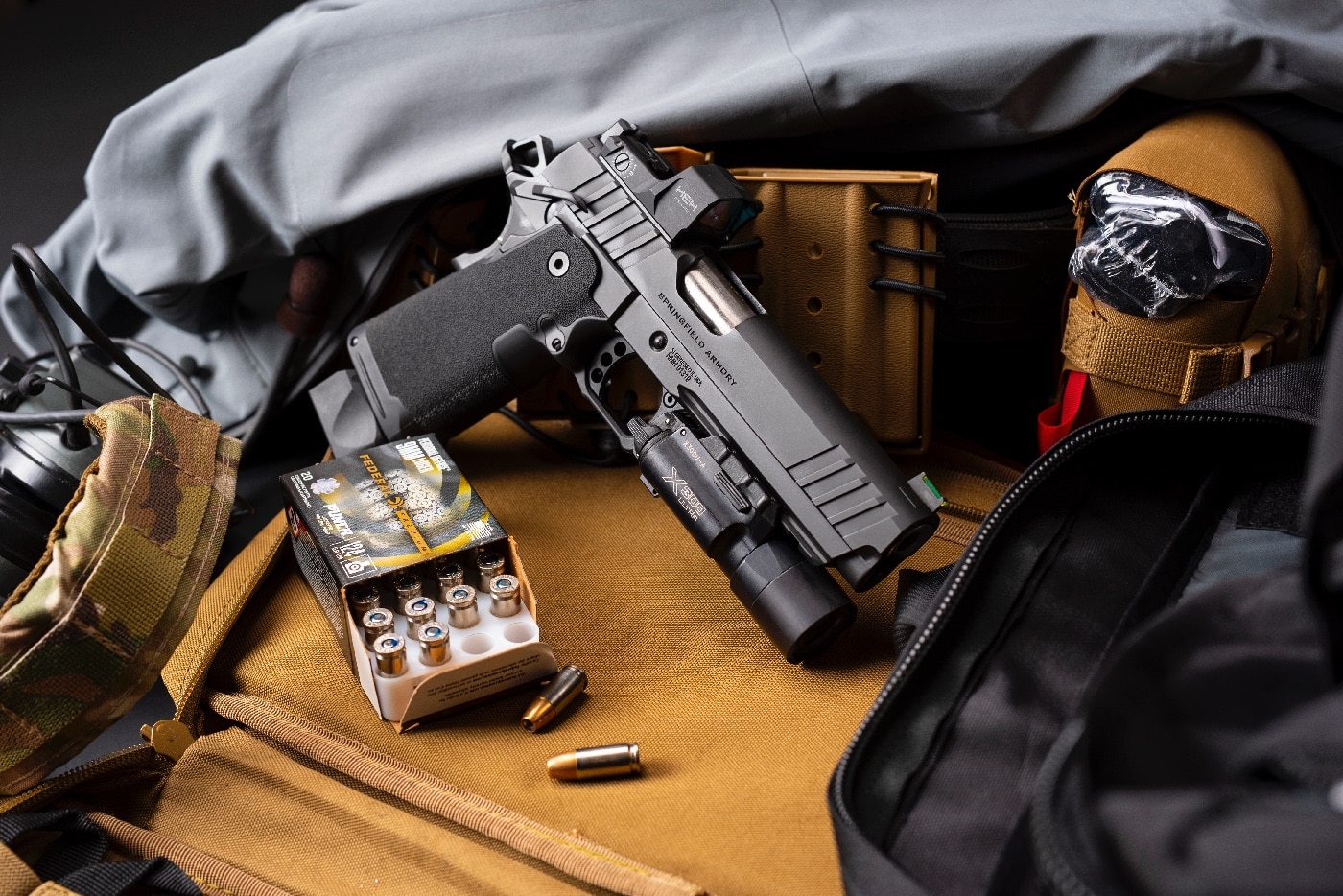
The round-nose full metal jacket “Geneva Convention bullet” that the prohibitionists recommend instead is highly likely to ricochet and travel on an unpredictable angle that could strike a bystander, with more than enough residual velocity to kill or cripple. The hollow nose bullet’s tip is shaped like a cookie-cutter: it is much more likely to bite into a hard surface it encounters and bury itself therein, or at least tumble and quickly decelerate, reducing its wounding power.
Hollow Points Decrease the Delay in Making an Attacker Stop
Over several decades, the hollow point bullet has unquestionably proven that with hits in the same place and angle, they stop fights sooner.
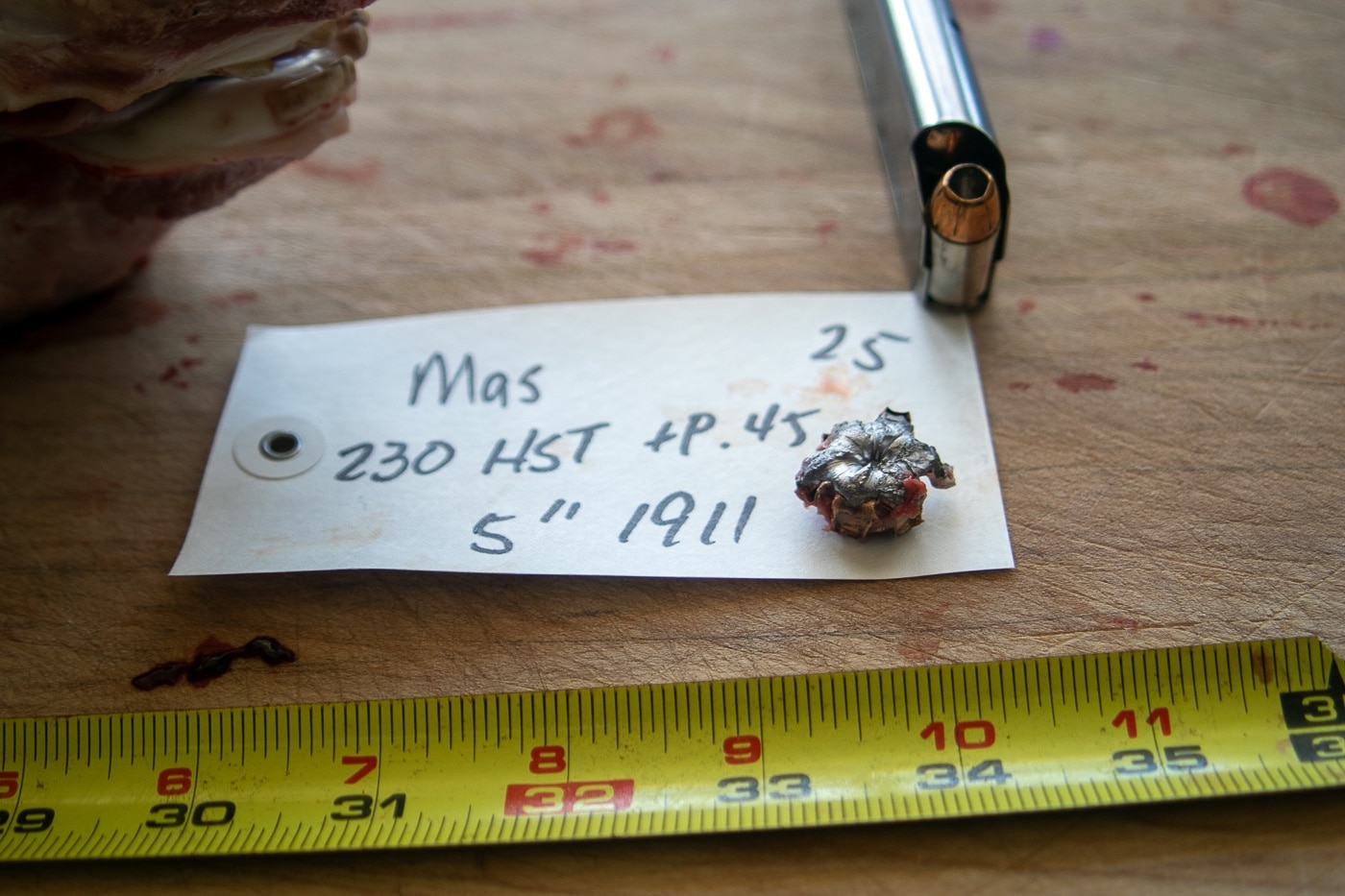
This has been the experience of every single law enforcement agency that has had institutional experience with non-expanding as well as expanding bullets in actual gunfights in the field. The prohibitionists argue, “So, you want to kill your victim faster!” On the contrary, the very reason the cop and the law-abiding citizen alike are allowed to shoot someone is to stop him from killing or crippling his next intended victim. The sooner he is stopped, the better Society’s good intentions are served.
All of the above points are so well-established as to be simply unquestionable. They meet the standard of the Courts as proven to “a reasonable degree of scientific certainty,” under both the old Frye standard and the more recent Daubert standard for admissibility of expert testimony. The final point is subjective enough to be debatable, but I believe the weight of the debate lies solidly on the pro-hollow point side of the argument. That fourth point is this:
Hollow Point Bullets Are More Humane
The expanding bullet is arguably more humane for even the violent criminal who has forced a Good Person to shoot him.
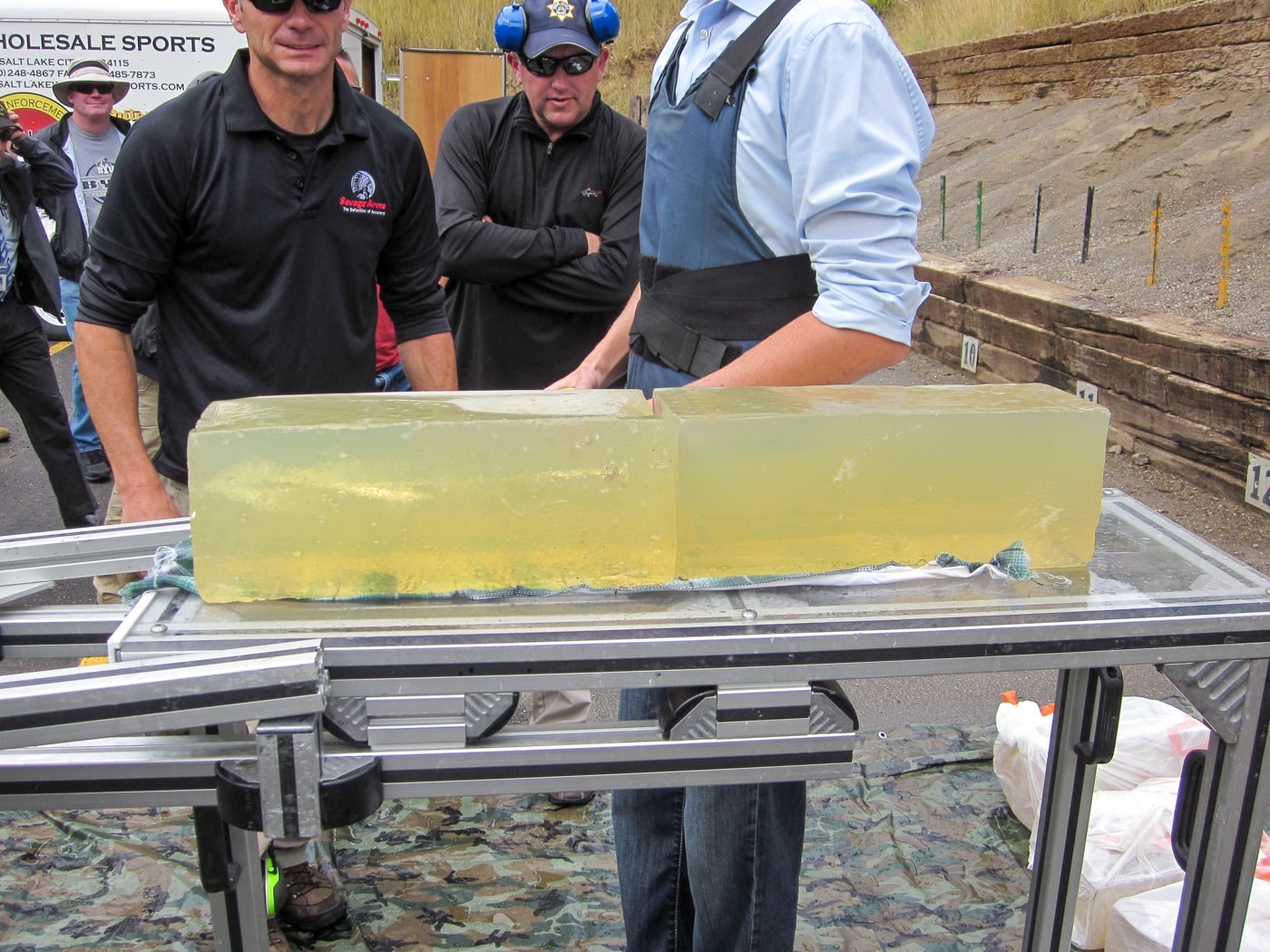
How can that be? See the third reason, above. While the criminal may give a fatal coup de grace shot to his murder victim, the Good Person is trained to cease fire as soon as the threat stops. If the hollow point bullet stops the threat faster, it’s obvious that fewer gunshot wounds will have to be inflicted upon him before we can safely stop shooting him. The fewer wounds he has, all other factors being equal, the more likely he is to survive given today’s state of highly advanced emergency medical trauma care.
The Bottom Line
Armed citizens don’t use hollow points just because police do; that would open them to the false allegation of “wanna-be cop.” On the contrary, they use them for the same reasons the police do, reasons articulably beneficial to Society and the safety of the innocent.
In my opinion, don’t use ineffective, old-fashioned ammunition. Use hollow points and similar expanding bullets for the very good reasons described above, and be able to explain those reasons to those who would judge you.
Editor’s Note: Be sure to check out The Armory Life Forum, where you can comment about our daily articles, as well as just talk guns and gear. Click the “Go To Forum Thread” link below to jump in!
Join the Discussion
Featured in this article
Continue Reading
Did you enjoy this article?

 743
743




